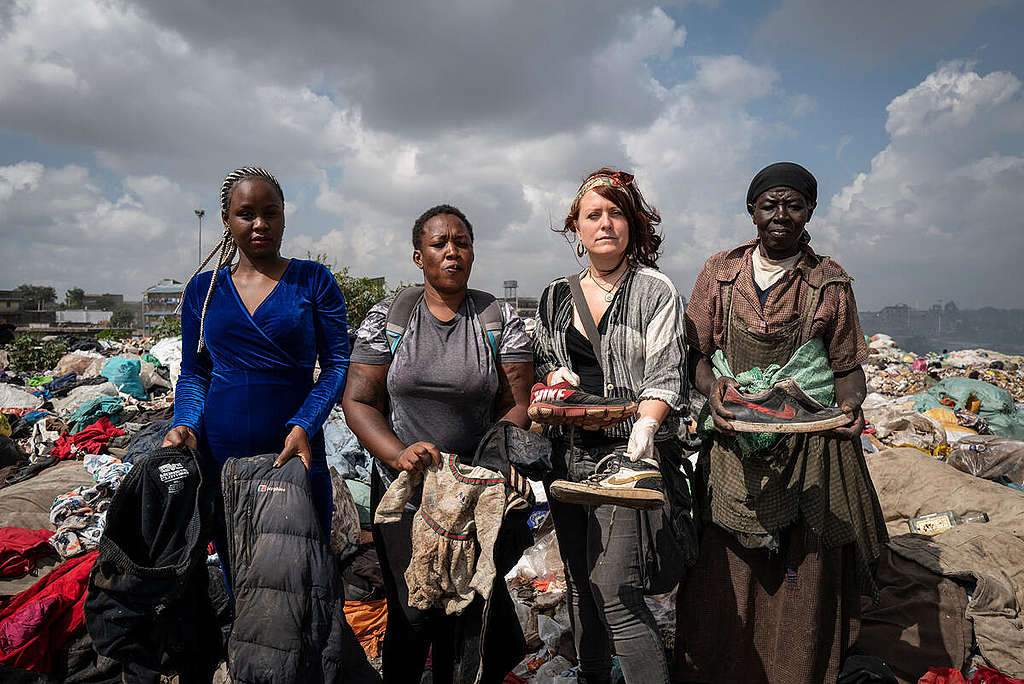What's going on?
Fast fashion brands are promoting circularity, but reality shows that this is still a myth. Nowhere is the failure of the fast fashion linear business model more visible than in the countries where many of these cheap clothes end up once their short lives are over: on huge dump sites, burnt on open fires, along riverbeds and washed out into the sea, with severe consequences for people and the planet. I went on a research trip to Kenya and Tanzania to witness the problem of imported textile waste in these countries.

Why it matters
When people donate their used clothes to a charity, bring them to a take-back box at a brand's store, or to a municipal recycling station, they might assume that they will be sold for a good cause at a charity thrift store, or will be recycled into new clothes.
Fast fashion is destroying the planet.
The volumes of clothes being made and consumed continue to increase.
Sharing, repairing and second-hand must become the new normal.
Nairobi, Kenya – @kevinmcelvaney#DetoxMyFashion pic.twitter.com/oseoYnIJ02
— Greenpeace (@Greenpeace) April 15, 2022
The reality is, that only a small amount (about 10 to 30 per cent) is actually resold in the country where the clothes were collected. Some are downcycled into lower grade products like rags, and more than half of them are exported for "reuse", mostly to East and West Africa and Eastern Europe.






